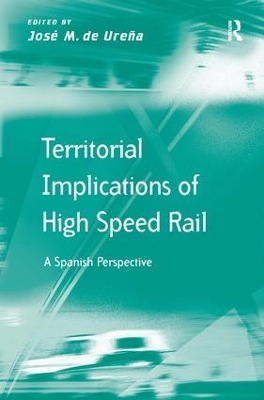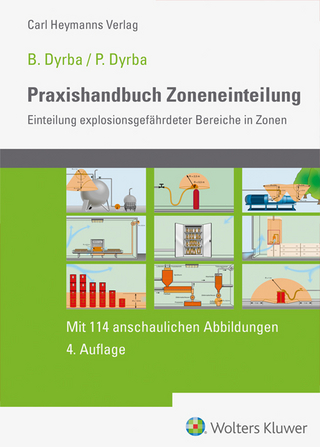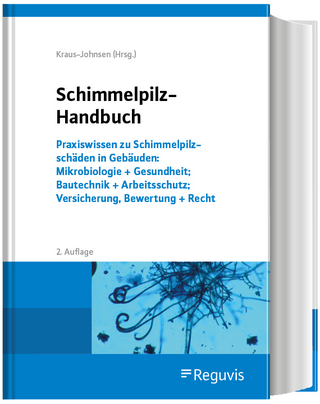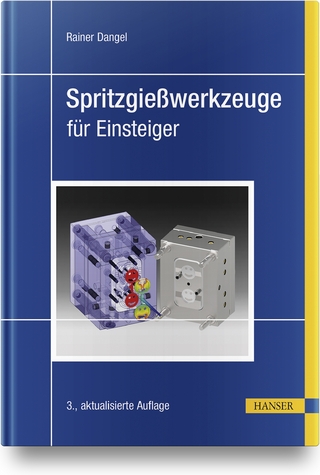
Territorial Implications of High Speed Rail
Routledge (Verlag)
978-1-4094-3052-0 (ISBN)
High Speed Rail's (HSR) main objective is to attract air passengers between big metropolitan areas however the main territorial implications in many cases occur not in these metropolitan areas but in the intermediate cities. These implications open up new spatial planning possibilities such as decentralization, new regional centres and urban renewal projects. This book presents the experience of 20 years of HSR in Spain including some explicit information, arguments and conclusions derived from HSR in other European Countries. It debates the HSR territorial implications at three scales: national, regional and local, thus being of interest for strategic debates at those scales, such as the decision of new national lines, the pros and cons of deviating the line to reach minor intermediate cities or the selection of precise locations for new stations and the development projects in their surroundings. Comparisons with the recent changes in accessibility, spatial distribution of population and activities, are made with mobility for working purposes and with the characteristics of the HSR passengers. This book also examines the actions, strategies and urban projects that medium size cities can use to make best use of HSR opportunities, synthesising the experience of HSR medium cities in Spain and Europe. The book's conclusions will be of interest, over and above scholars, to transport infrastructure decision makers, city and regional planners and managers, and transport companies.
José M. de Ureña, University of Castilla La Mancha, Spain
Contents: Foreword, Gabriel Dupuy; Preface, José M. de Ureña; High-speed rail and its evolution in Spain, José M. de Ureña ; High-speed rail - the European experience, Roger Vickerman; Territory and high-speed rail: a conceptual framework, Severino Escolano; Demographic and socio-economic context of spatial development in Spain, Pedro Reques, Olga de Cos and Mariá Marañón; Accessibility evaluation of the transportation network in Spain during the first decade of the 21st century, Ãngel Pueyo, Jorge A. Jover and MarÃa Zúñiga; Mobility characteristics of medium-distance high-speed rail services, José M. Menéndez, Ana Rivas and Inmaculada Gallego; Territorial implications at national and regional scales of high-speed rail, José M. de Ureña, José M. Coronado, Maddi Garmendia and Vicente Romero; The high-speed rail in Spanish cities: urban integration and local strategies for socio-economic development, Carmen Bellet, Pilar Alonso and Aaron Gutiérrez; High-speed rail and regional accessibility, Ãngela de Meer, Cecilia Ribalaygua and Elena MartÃn; Economic assessment of high-speed rail in Spain, Vicente Inglada, Pablo Coto-Millán, José Villaverde and Pedro Casares; Afterthoughts: high-speed rail planning issues and perspectives, José M. de Ureña; Bibliography; Index.
| Reihe/Serie | Transport and Mobility |
|---|---|
| Verlagsort | London |
| Sprache | englisch |
| Maße | 156 x 234 mm |
| Gewicht | 740 g |
| Themenwelt | Technik |
| ISBN-10 | 1-4094-3052-9 / 1409430529 |
| ISBN-13 | 978-1-4094-3052-0 / 9781409430520 |
| Zustand | Neuware |
| Haben Sie eine Frage zum Produkt? |
aus dem Bereich


